J-Horror continues to captivate audiences worldwide with hauntingly beautiful tales of revenge and psychological turmoil, deeply rooted in Japanese culture
Japanese horror, J-Horror for short, is my favorite sub-genre of all horror films. Seriously, it’s a gift. Movies straight out of Japan, as well as their American remakes, are storytelling marvels in every sense of the word. Some of the best J-horror films are Kubrick-esque with the amount of detail put into minute elements, and it’s clear that the filmmakers do care about the quality of their work.
What these movies lack in non-stop action and gore, they make up for in a serene sense of death that surrounds your body, swallowing up any sense of hope the characters (and you) have.
My love affair with J-Horror starts with my first ever horror movie seen in a theater: The Ring (2002). But J-Horror itself is much older. Japanese cinema dates back just about as far as it does in the West (over 100 years), but we can see a sharp rise in that start of modern J-Horror in the 1950s. Vengeful spirits, demons, and monsters (“kaiju”) were a sign of the times; whereas western horror shocked people with actions of war and dread, Japanese horror would beg the question “What happens after?”
In J-horror, there is always a price to be paid for wrong-doings, whether those characters are deserving or not. And this trend tends to permeate through the decades too. As I go through my list of J-horror movies I’ve seen, I can pretty much say the same thing about each one.
This may be because J-Horror has deep ties to — you guessed it — Japanese culture and traditions. Stories involving samurai and demons are not uncommon, and societal fears of disease, familial relationships, and the afterlife are often the main focus. Movies about vindictive spirits, usually female, are among the most recognizable folk tales to be put on screen.
Ringu (The Ring, 1998), Ju-on (The Grudge, 2002), Kuchisake-onna (Carved: The Slit-Mouthed Woman, 2007), Honogurai Mizu no soko kara (Dark Water, 2002), and Chakushin ari (One Missed Call, 2003) all portray a vengeful spirit, or “onryo,” hell-bent on righting the wrongs done to them from the afterlife. Curses involving demons and cults, as shown in Onibaba (1964), Noroi (The Curse, 2005) and Cult (2013), also take precedent with the ever-growing interest in the occult.
Compared to the brash, outgoing nature of Western horror (slashers, college parties, blood and guts), J-Horror reflects the reserved persona of their people, with psychological turmoil that is so restrained that it almost seems peaceful.
And that’s true of technical aspects as well. Sound effects and score are perfectly matched between the actions on screen and the feelings the characters and audience have.
Rinne’s (Reincarnation, 2005) haunting score feeds the plot; the wailing melodies bore into your mind, just as the main character’s hallucinations do. Shot composition isn’t as noticed as the music, but is just as important. The Saeki ghosts in Ju-on disappear and reappear as they would in real life — the characters feel as though they’re being watched (a ghost is behind them), but they turn around to see nothing. Kaidan (2007) highlights astoundingly beautiful scenes of Edo-period Japan, overlaid with a dangerous and foreboding mood. Here, cinematography is just as much of an art as a painting or poem.
It can be hard to absorb a culture through movies; fortunately for us, we have CliffsNotes via remakes. And even more fortunately, those remakes are oftentimes headed by crew from the original resource. The Ring series not only has 5 remakes in the US and South Korea, but was also put into other media, like video games and comics. The Godzilla franchise has 6 American remakes, with two more scheduled in the next three years. One Missed Call and Pulse both also got their start in Japanese movies. Though story elements are sometimes lost in translation, remakes try to capture those same thoughts and feelings the originals have.
Who would have thought that a small, island country that was relatively isolated from the West until the 1800s could have such an impact on motion pictures? There is much elegance in Japanese horror films, not just in their look and feel, but in their ability to cross oceans and channel their perception of fear to another culturally distinct market. J-horror provides audiences with scares that lull you in with beautifully deceitful promises of a happy ending, only to plunge them into a dark world with no escape. But with all the choices of original and remade material, I won’t want to escape any time soon.


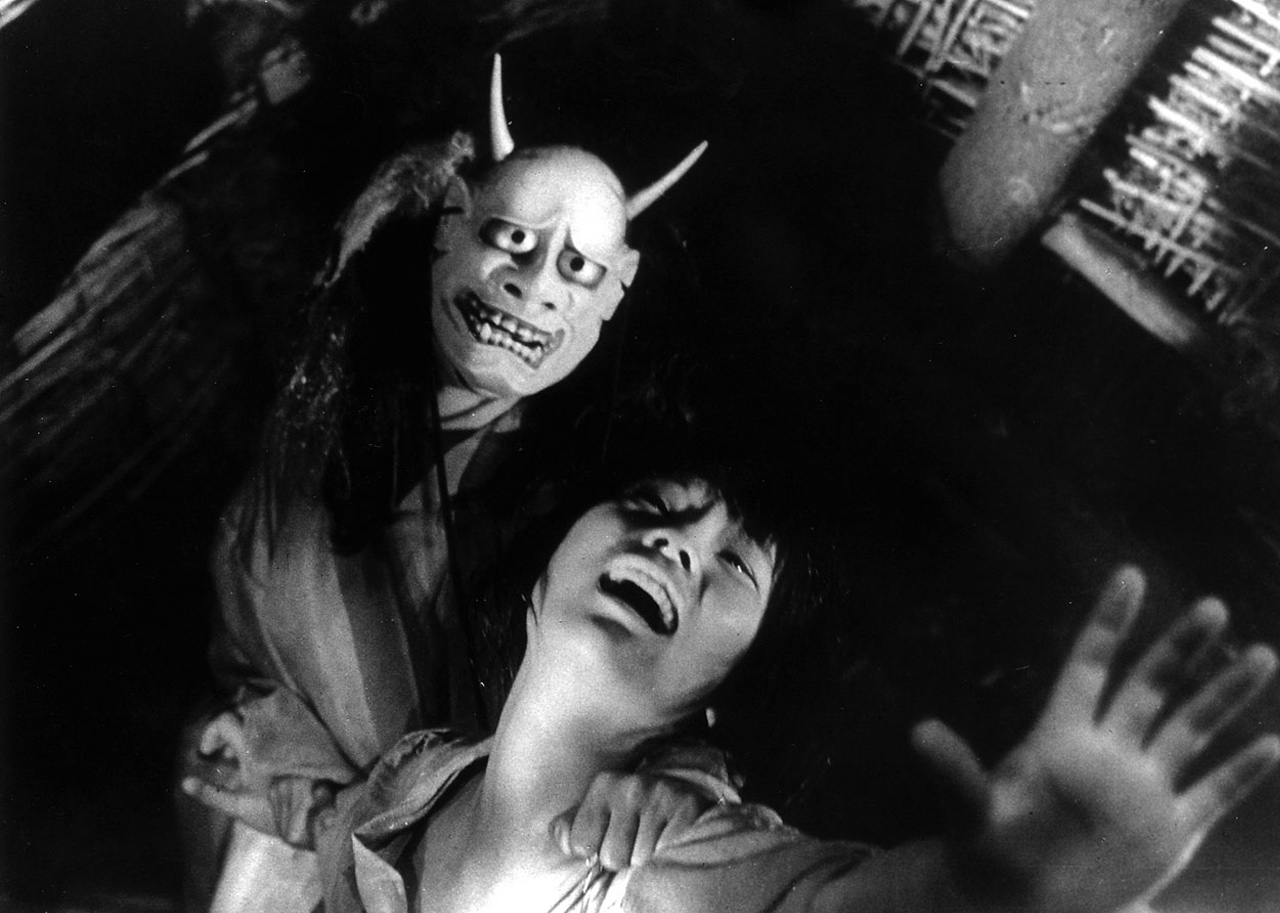
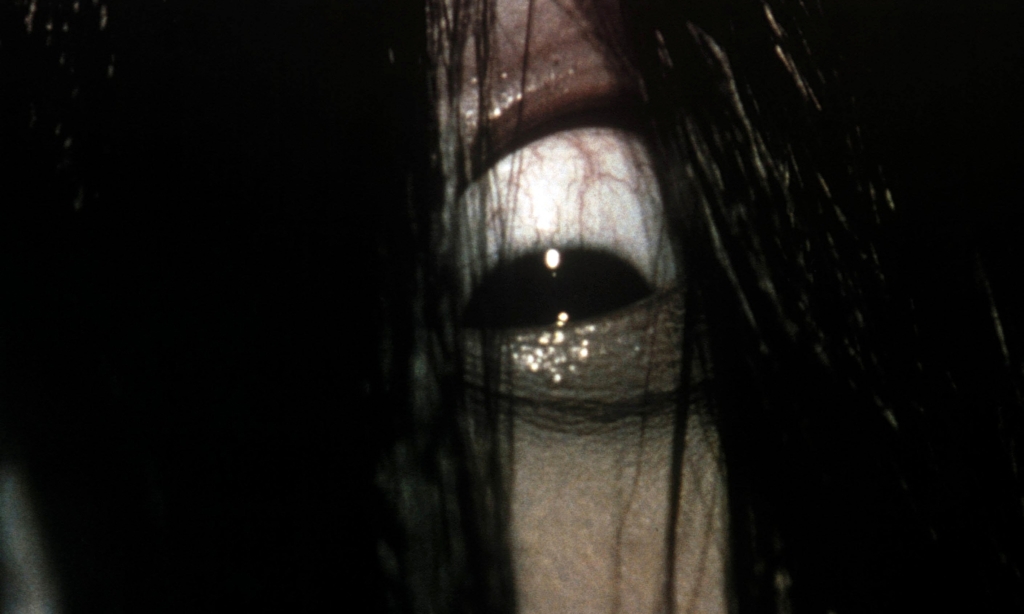
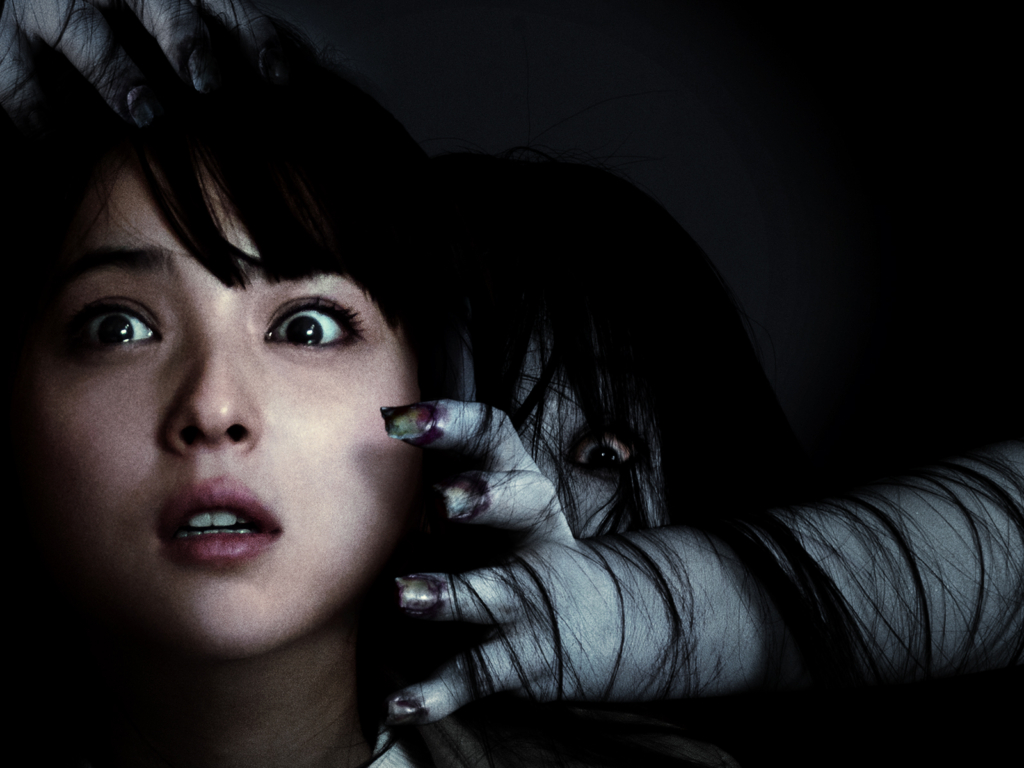
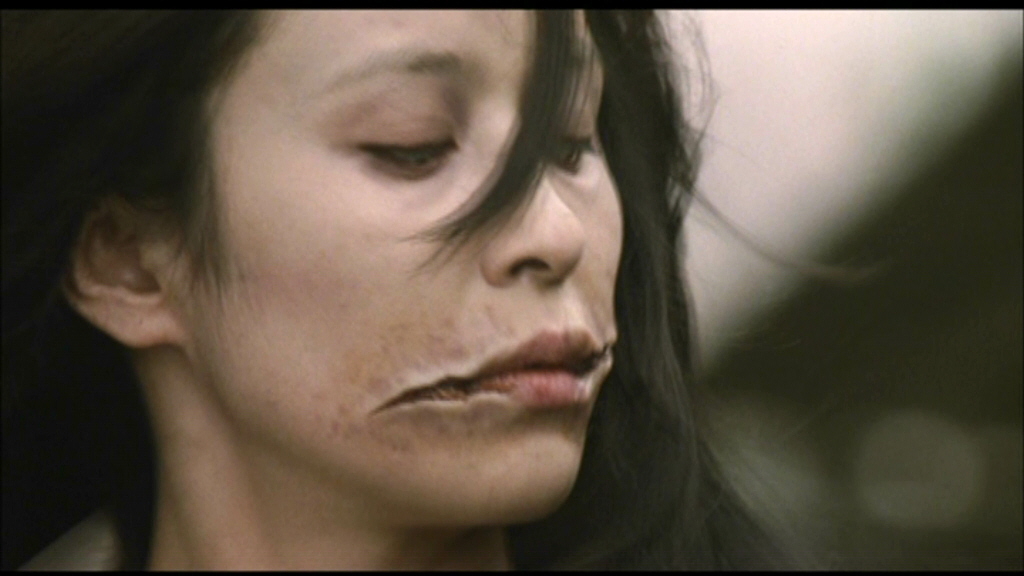
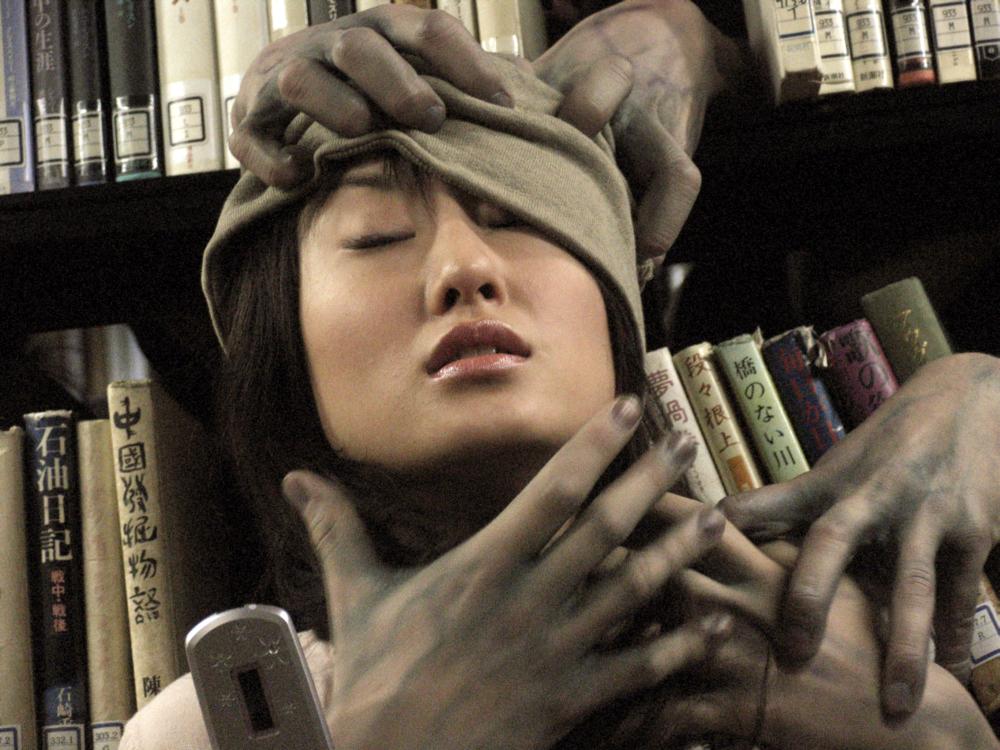
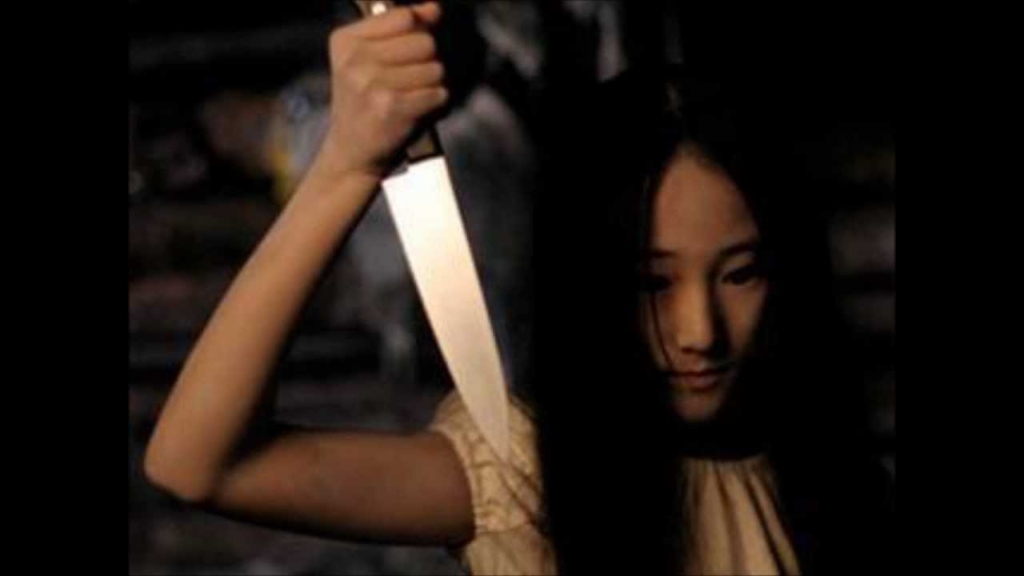

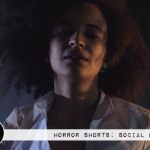








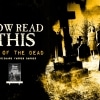





1 Comment
1 Record